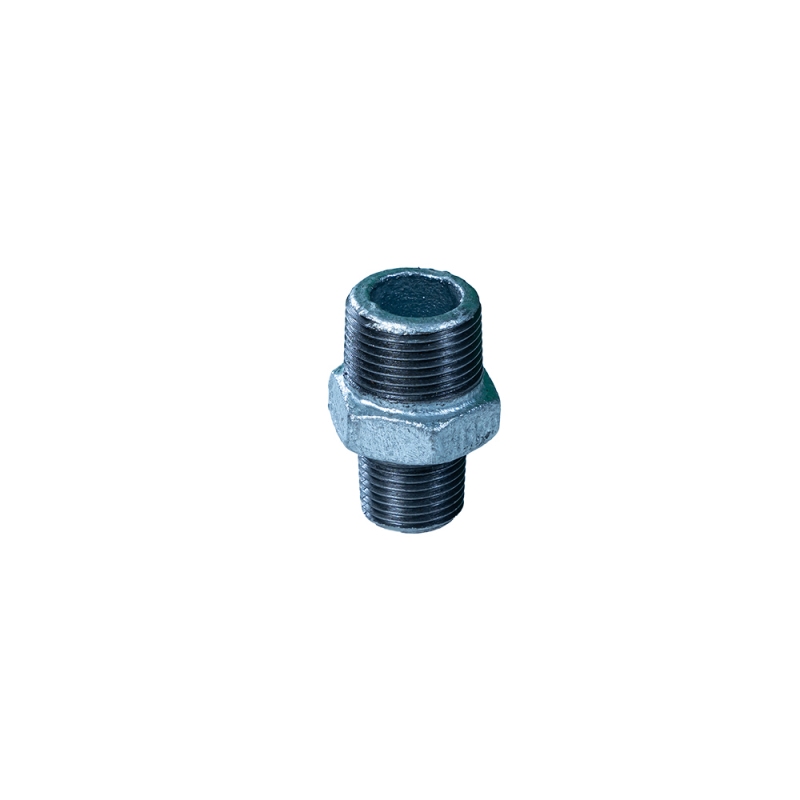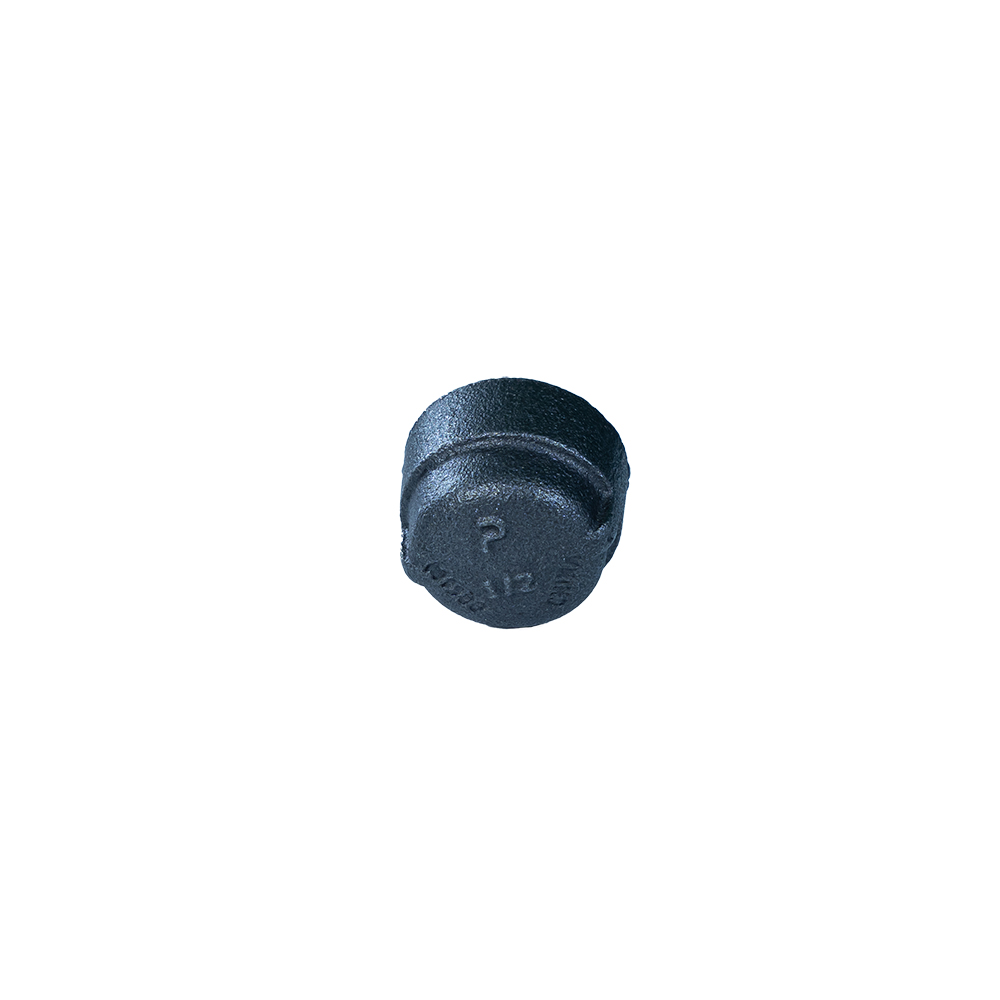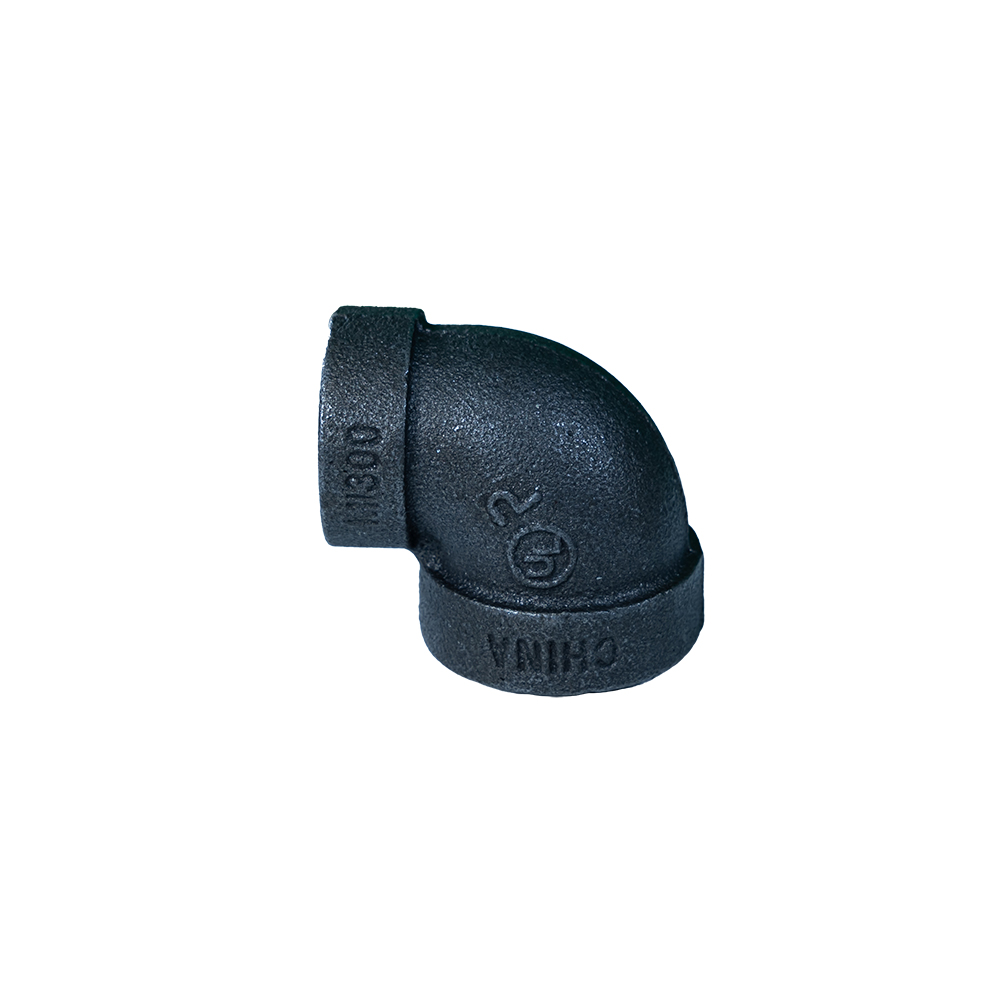Connecting the World: Understanding the Coupling Union
At first glance, a coupling union might seem like an unassuming mechanical component. Yet, these little connectors serve as the backbone of piping infrastructure—from sprawling oil refineries to remote water delivery systems, and even emergency humanitarian setups. Globally, they address a deceptively simple problem: how to securely join sections of pipe to keep fluids or gases flowing safely and efficiently.
The significance of coupling unions expands beyond just industrial plumbing. In a world increasingly focused on sustainable infrastructure, rapid deployment, and operational safety, understanding the key benefits and challenges of coupling unions has never been more important. Whether you’re an engineer, a procurement officer, or even a crisis response planner, knowing how these connectors fit into your system design matters.
The Global Pulse: Why Coupling Unions Are So Relevant Today
Infrastructure development is a cornerstone of economic progress. According to the United Nations (UN), access to clean water and reliable energy are pillars in the push to eradicate poverty and improve global health. But did you know a large chunk of water and industrial pipelines use coupling unions to maintain system integrity? The International Organization for Standardization (ISO) even sets strict standards around the quality and performance of these mechanical joints.
However, despite their ubiquity, many projects—especially in emerging economies—face setbacks due to poor coupling choices, leading to leaks, downtime, and expensive repairs. This is a challenge that coupling unions specifically address by offering flexible yet robust connections, reducing installation complexity and maintenance needs.
What Exactly Is a Coupling Union?
Simply put, a coupling union is a device that joins two sections of pipe or tubing, allowing for smooth fluid flow without leaks or pressure loss. Unlike permanent welding or complex flanged connections, coupling unions provide a removable, reusable joint. They usually consist of three key parts: two end connections and a central nut or sleeve that tightens them together—often with a gasket or O-ring for sealing.
On an industrial scale, these unions are indispensable for systems requiring modularity, easy maintenance, or quick replacement. Think of the emergency water tanks deployed after natural disasters; quick coupling unions enable fast assembly and disassembly in the field. It’s the kind of thing that might go unnoticed, until something goes wrong.
Main Features You’ll Want to Know About
1. Durability and Material Choice
Coupling unions are often subjected to extreme pressure, temperature, and corrosive fluids. That’s why they're commonly made from stainless steel, brass, or high-grade polymers. These materials help resist wear and tear, ensuring long lifespans in harsh environments.
2. Leak-Proof Sealing
The sealing mechanism—usually rubber or silicone gaskets—is critical. If you’ve ever dealt with a surprise pipe leak, you realize how valuable a completely sealed coupling union is. It’s not just about avoiding messes; it’s about safety and environmental protection.
3. Ease of Installation
Most unions are designed for quick, tool-assisted but straightforward installation. This feature is a lifesaver during time-sensitive projects or emergency setups.
4. Versatility and Compatibility
Coupling unions come in all sorts of sizes and thread standards to fit various piping materials—from PVC to metal pipes—across industries.
5. Cost Efficiency
Investing in a quality coupling union pays off by reducing downtime and maintenance costs. Think long-term, not just sticker price.
| Specification | Value / Range |
|---|---|
| Material | Stainless Steel 304/316, Brass, PVC |
| Pressure Rating | Up to 300 PSI |
| Temperature Range | -20°C to 150°C |
| Pipe Sizes Compatible | 1/2" to 6" diameter |
| Sealing Gasket Type | NBR, EPDM, Silicone |
| Installation Method | Manual tightening with wrench or hand-tight |
How Coupling Unions Empower Global Industries
Coupling unions appear everywhere—from the massive pipelines in oil and gas extraction in the Gulf region, to the potable water supply systems in southwestern Africa, where rapid growth demands modular, flexible plumbing solutions. In disaster relief missions managed by the UN and other NGOs, they enable teams to quickly erect water treatment projects on the fly, ensuring communities regain access to safe water fast.
In fact, coupling unions have transformed the manufacturing and process sectors by allowing easier assembly lines and faster repairs—an invaluable trait in places like Southeast Asia’s booming industrial zones. Even remote mining operations in Australia rely on coupling unions to reduce downtime from equipment failures.
Mini takeaway: The coupling union isn’t just a connection; it’s a global enabler for efficiency and resilience.
The Tangible Payoffs: Beyond Just Connection
- Cost Savings: Minimizes the need for special tools or welding, lowering installation and maintenance expenses.
- Sustainability: Reusable and often made from recyclable materials, they cut down on waste compared to permanent joints.
- Safety and Trust: Reduced leakage risks protect workers and the environment, building practical trust in infrastructure.
- Flexibility: Facilitates system upgrades or repairs without costly downtime.
Emotionally speaking, there’s something satisfying about a reliable connection—especially when livelihoods and lives depend on it. The coupling union quietly provides a kind of assurance hard to overstate.
Peeking Ahead: The Future of Coupling Unions
The coupling union of tomorrow is being reshaped by smart manufacturing and new materials. Expect innovations like self-sealing gaskets that adjust under pressure fluctuations, or corrosion-resistant alloys optimized via AI for longevity. Also, integration with digital sensors is poised to transform unions into “smart joints” that report leaks or degradation in real-time.
On the sustainability front, biodegradable composite materials and low-carbon manufacturing processes are gaining traction to meet global emission standards. The convergence of digital and green tech landscapes means coupling unions will be smarter and kinder to the planet.
Common Troubles and How to Navigate Them
Of course, no product is without its quirks. Some challenges reported by engineers include mismatched thread standards, gasket wear under extreme chemical exposure, and installation errors leading to leaks.
Innovative solutions range from adopting ISO-compliant universal designs to using hybrid gasket materials tailored to specific chemicals. Training installers properly and emphasizing quality inspection go a long way, too.
| Vendor | Material Options | Pressure Rating | Unique Feature | Price Range |
|---|---|---|---|---|
| PanNext Fittings | Stainless Steel 316, Brass | Up to 300 PSI | Quick tightening system | $$ |
| GlobalPipe Connectors | PVC, Stainless Steel 304 | Up to 200 PSI | Color-coded seals for pipeline type | $ |
| TechSeal Industrial | Exotic alloys, polymers | Up to 400 PSI | Smart sensor integration | $$$ |
Frequently Asked Questions About Coupling Union
1. How do coupling unions differ from flanged pipe connections?
Coupling unions offer a removable connection that’s usually faster to install and less bulky than flanged joints. While flanges provide strong, rigid joints often needed in high-pressure systems, unions prioritize flexibility and ease of maintenance—ideal for systems that require frequent disassembly.
2. Can coupling unions be used with plastic pipes?
Yes, many coupling unions are designed to connect plastic pipes like PVC or CPVC. The key is to select unions with compatible materials and sealing gaskets to prevent leaks or chemical degradation.
3. What maintenance do coupling unions require?
Routine inspection is important, especially checking gasket integrity and tightness. Over time, gaskets may need replacement to ensure leak-proof performance. Proper installation also reduces the need for frequent maintenance.
4. Are coupling unions suitable for high-pressure industrial applications?
Absolutely, but it depends on the union’s rating. Many stainless steel unions handle pressures up to 300-400 PSI. For ultra-high pressure, specialized designs and materials are necessary.
5. How can coupling unions speed up emergency water system setups?
Because these unions are easy to install and disassemble without welding, first responders can quickly build modular piping networks for clean water provision, essential in disaster relief scenarios.
Wrapping Up: The Quiet Champions of Connected Systems
Coupling unions might not be glamorous, but their impact is hard to ignore. By ensuring reliable, maintainable, and flexible pipe connections, they facilitate countless human needs—from running factories to delivering clean water in crises. As technology evolves, these unions will only become smarter, more sustainable, and more essential in our interconnected world.
If you want to explore high-quality coupling unions tailored to your needs, don’t hesitate to visit our website and discover the difference in connection quality.
Mini takeaway: Reliable infrastructure starts with reliable connections—and that's a role coupling unions play globally, quietly, consistently, and effectively.
References:
Post time: Nov-15-2025









